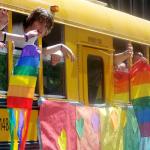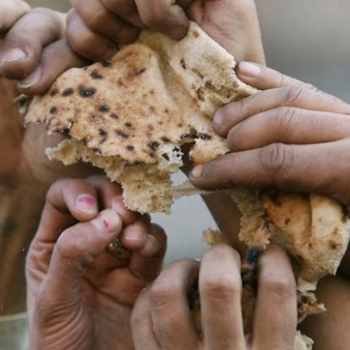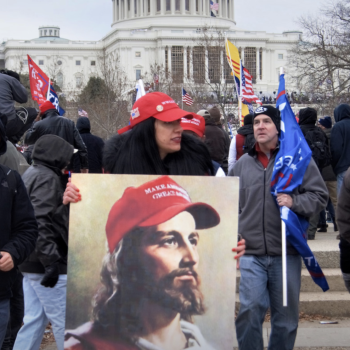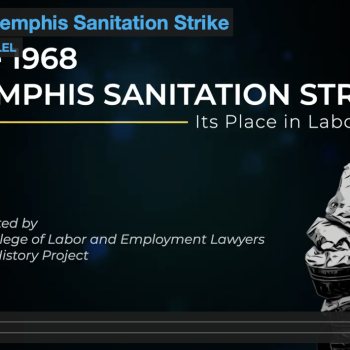I was first clued into the work of Ched Myers when I read his magisterial commentary on the Gospel of Mark, Binding the Strong Man: A Political Reading of Mark’s Story of Jesus. I’ve literally never been the same since.
So when this new co-authored volume arrived (Healing Haunted Histories: A Settler Discipleship of Decolonization), and I saw it was intersecting with another theological growth area in my life, the repudiation of the Doctrine of Discovery and consideration of what indigenous reparations looks like for me as a settler farm boy from Iowa, I knew I was in for a journey.
A friend of mine has recently been writing about ancestor work in relationship to trauma, and how he is doing that work as an African-American. He suggests that those of us who are white can do ancestor work also, our own work, even if the shape of that work will be different from his.
He’s right. And what we have in this new book by Elaine Enns and Ched Myers is precisely that: a theological reflection on ancestor work for settlers.
Elaine (and it is her voice primarily that leads in this book) is descended of Mennonite settlers to Canada. As she describes in detail, Mennonites and Lutherans settled a part of Saskatchewan where the class position those religious groups held globally was especially opportune for thriving as Indigenous peoples were moved out of the land and settlers came in to control it.
The guilt or complicity of this move for Mennonites is made more complicated by the horrific treatment they experienced in the Ukraine and elsewhere. Victims of multiple forms of violence, the ancestors who came to Canada from the Ukraine carried in their bodies and souls the traumas they experienced there.
So when Elaine and Ched commit to solidarity work with Indigenous peoples, they are aware both of their (and many of our) complicity in the genocide of Indigenous people, but also the various traumas and forces that moved most of our ancestors to North America.
The book proceeds in an unusual but clarifying fashion, sometimes reading like a personal genealogical exploration, at other times like a commentary on Scripture, and sometimes a record of community organizing as career social justice faith leaders.
Honestly, I had never considered, prior to reading this book, that looking back into my own genealogy might be essential work for myself as a disciple of Jesus and a pastor committed to solidarity with the poor and oppressed. In fact, I’ve sometimes looked down on such fascinations with genealogical research, considered it a kind of privileged navel gazing.
But if ancestor work is a coming to terms with generational trauma as well as a look directly into my own generational complicity in land theft or Indigenous displacement, then it’s a totally different beast altogether.
I highly recommend the book as a read, but even if you never read it, I recommend you take Elaine Enn’s example to heart. As part of “doing your own work,” do some ancestor work. It will bear fruit, decolonizing, as the authors point out, our settler discipleship.
Midway through the book, the authors provide some direct exegetical reflections on crucial passages. For example:
Healing Haunted Histories explores how the history of genocide against Indigenous peoples continues today in racist and inequitable practices and policies. It urges readers to learn their own family and community stories of complicity, and models how to navigate these difficult waters. And it calls Christians (and other people of faith and conscience) to build solidarity with Indigenous communities, including experimenting with practices of reparation.
The story of Elaine’s family and community’s experience as refugees, as settlers on the Canadian prairies, and as neighbors with Cree communities invites readers to consider:
- Landlines: Where did our families come from, and how did they get here? Were they forced or pushed from their places of origin? Who was displaced by their arrival in North America, and how does the land hold these stories?
- Bloodlines: What do we know about our family immigrant and settler histories? How might our communal stories be devised or distorted? What traumas or privileges have we inherited because of their experiences?
- Songlines: What faith traditions and/or cultural practices fostered resilience in them, and which have been passed on to us? What touchstones feed our spirits, minds, and bodies today, and inspire our commitment to work for justice and healing?












